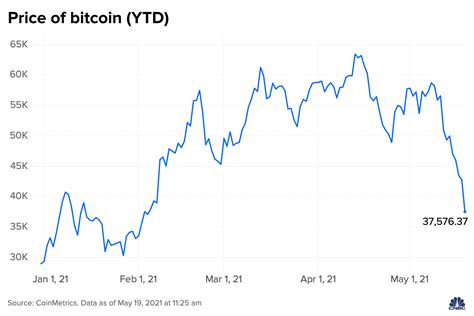3 min de lectura
Bitcoin: Why does bitcoin have so many different address formats?
CRYPTOCURRENCY
The complexity of the Bitcoin address formats: understanding of the variety
Bitcoin, the world’s first decentralized cryptocurrency, has developed considerably since it was founded in 2009. One of the most important aspects that distinguish Bitcoin from other digital currencies is the unique address format system. With several different formats, including legacy format, Bech32 script, consequences and much more, it can be overwhelming to understand how everyone works and what they activate. In this article we will deal with the various address formats and their functions and help you to understand the subtleties of the address structure of Bitcoin.
The Legacy format

Legacy format is the oldest and most widespread address format in Bitcoin. It was introduced in 2009 to standardize transactions beforehand. This format uses the following characters:
1 |
Each "1" represents the amount of coins sent without decimal points. For examination$ 1,000,000 ‘.
Bech32 -script
The Bech32 script is a more modern address format, which was introduced in 2017 as an alternative to legacy format. This system enables easier sorting and identification of addresses according to your goal. The main difference between the two formats is how they represent different types of transactions, such as: B. Pay-to-Cloit or Pay-to-end.
1 |.
BC1 …(Bech32 script)
In Bech32 scripts:
- BC1` shows a ‘blockchain transaction’.
- The rest of the address follows specific rules, which depends on whether it is a pay-to-page or pay-to-end transaction.
followed
The successor is a major update for Bitcoin’s transaction format, which was implemented in 2018. Several improvements were introduced, including:
- Increased block size
- Possibility to use follow-compatible transaction scripts (TPS)
- Reduced overhead to send coins
The Legacy and Bech32 script formats continue to support older transaction types such as Pay-to-Bitte- and Pay-to-End transactions.
Other address formats
There are two other address format systems in Bitcoin:
- BIP39 : This is a standardized format that generates random private keys for wallets. With BIP39 addresses, users can easily import and use their existing digital assets.
- BIP44 : This system offers additional functions for items and activates functions such as multi-sig transactions.
Diploma
Bitcoin’s address formats are designed in such a way that they offer flexibility, efficiency and user -friendliness for different types of transactions. Each format has its strengths and weaknesses that deal with different needs within the Bitcoin ecosystem. By understanding these unique addresses, users can better control the complexity of the cryptocurrency trade and make well -founded decisions about their digital assets.
Regardless of whether you are an experienced user or just start your Bitcoin trip, the grasping of the subtleties of the address formats improves your experience with this powerful platform.